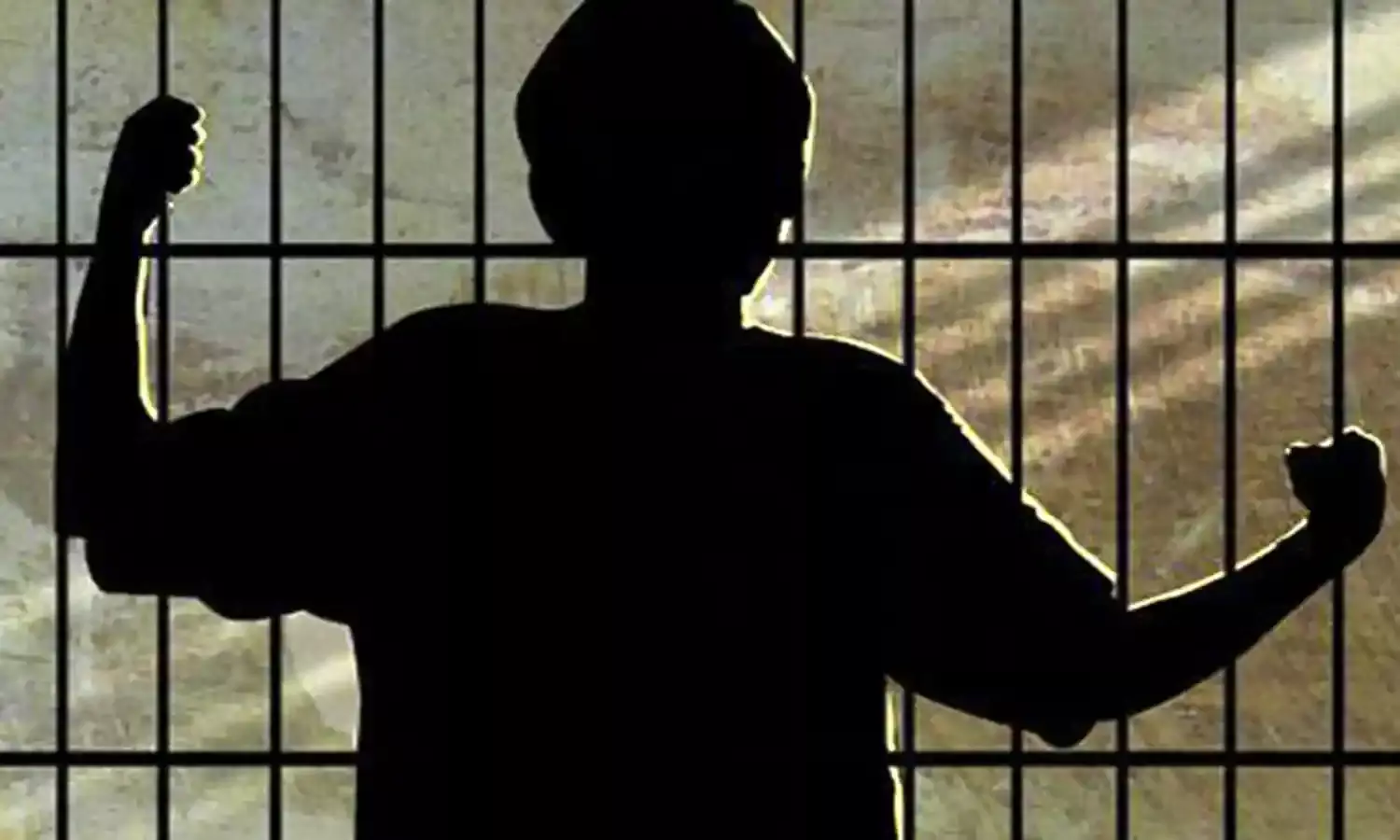Teenage Crime: Disturbs, But Laws Cannot be Made Under Mob Pressure
Perspective is necessary

Suddenly teenage crime has become the most discussed topic on all electronic channels whether it is Rajya Sabha TV or private channels. In fact, teenage crime or juvenile crime has become a hot topic both nationally and globally.
What is even more shocking is the kind of violence being perpetrated by children, particularly in the last five years which was high-lighted for the first time by the brutality on Nirbhaya in December 2012 which had shocked even the doctors attending to her. And now the Pradyum case in a Gurugram school and the Yamuna Bazar case where a child brought a weapon to school and shot down the principal are truly alarming.
There are reports that children living in jhuggis and slums who may not be getting food twice a day have access to mobiles. Impressionable minds of all classes have easy access to porn literature and violent content in films. This is a universal factor. Last year the wife of the Malaysian Prime Minister had visited Prayas, an NGO working for child rights, saying that her country was facing a surge in crime due to the easy access to porn on mobiles and they were fighting a losing battle against technology.
The access to these tools by juveniles at a rebellious age, is fraught with dangerous consequences.
But sometime it appears that there is a need to see things in perspective particularly in India. For instance, the total number of crimes in India according to the National Crime Report Bureau (NCRB) 2016 was 48,31,515 for a population of 1,351,122,408 (1.35 billion). Crimes by children on the other hand, were 35,849. Of these the heinous crimes – rapes 1,903, robbery 1,276 and murder are 892. Which means, in practical terms, the total heinous crimes (3,071) committed by children constitute barely 0.7 per cent of the total crimes in the country.
If the NCRB figures are looked at carefully it would show that the hue and cry over crimes by children is totally unjustified. The maximum crimes by children, according to the report are those of petty thefts at 7,717. In fact it is a fact which we will not agree to in the heat of the moment but Indian children are far more tolerant compared to say USA where the crimes by children are over 11 lakhs for a population which is one-fourth of India.
When people talk of increase in crimes by school children which is creating so much panic, the onus is not so much on the children but on those responsible for the safety of the child. When a child is at home it is the parents , when he goes to school it is the bus driver or conductor or teacher in-charge and when at school the responsibility is that of the school authorities for his safety.
Children constitute 40 per cent of the total population of the country and if 0.07 per cent of these are involved in heinous crimes is it such an alarming case? Children are also part of the society and the rise in crimes by children is directly in proportion to the increase in adult crimes. The problem is that the recent crimes in schools have suddenly brought the menace right into the drawing rooms repeatedly telecast by the anchors of TV channels.
There was a lot of concern when school children in Kashmir were pelting stones but that was not creating so much impact because it was seen as a political issue confined to the troubled Kashmir and conveniently blamed on Pakistan.
Criminal children so far were living only in slums of Dharavi for the middle class. Their activities were to be seen on the big screen and even applauded in films like ‘Slumdog Milionaire.’
But a crime in a school in Gurugram or Yamuna Bazar or Varanasi scares us from the inside because our own children or grandchildren are also going to the same schools. Secondly, it endangers the safety of the teachers and every Indian family has one or more members working as school teachers. It is still considered the safest and the cozies job for women in this country. And now these attacks are making it all so hazardous.
Not that this lessens the horror of the crime. But the point is that the Juvenile Justice Act has provided for a Juvenile Justice Board to dispense justice to children. The age of juveniles was 18 even after the Nirbhaya incident till it was amended by a GoM to criminalise children between 16 and 18 to be tried under adult laws for heinous crimes. In hindsight, this could prove a grievous error of judgment in the name of catering to popular opinion. Laws are not made under pressure of mob lynching but after careful study of the pros and cons and its ramifications nationally and internationally.



